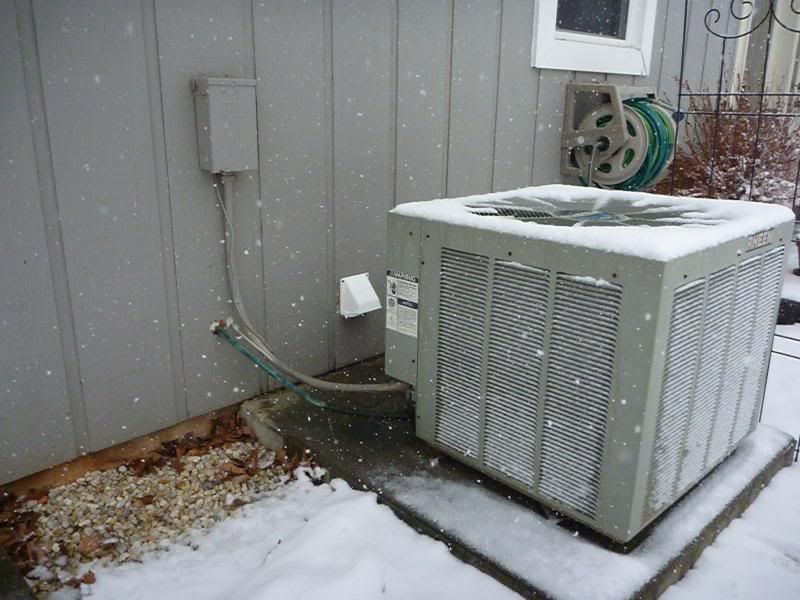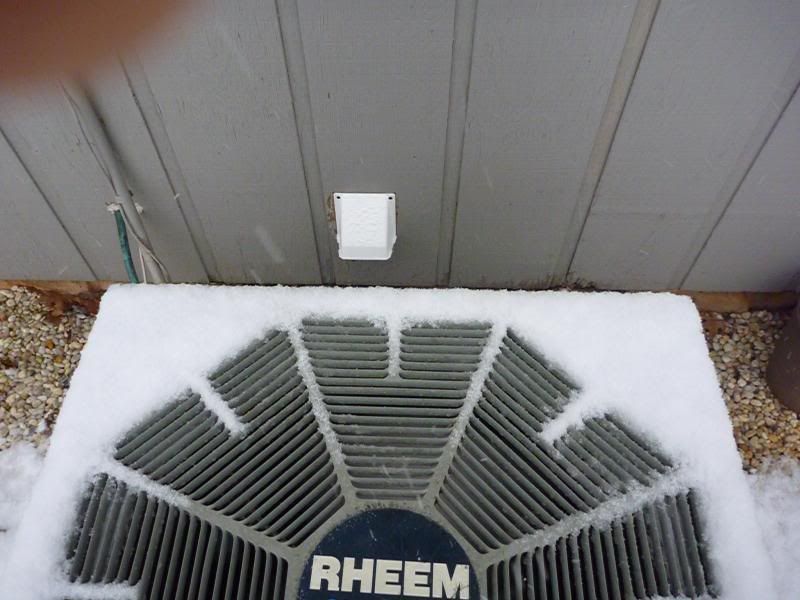
Thanks for the reply. Our current heat pump is a 3.5 ton. Of the 4 quotes I've had, no one mentioned a Manual J which is disappointing. The company that I have the best "gut" feeling about told me I'd be fine with a 4 ton but I could bring my home's blueprints by their office and they could calculate it for me. From my research, I think blueprints alone would not suffice. I honestly think that would still tell me to get a 4 ton unit which would probably be fine anyway.
I asked the lady if the unit I was looking at would be tax credit eligible and this is what she wrote.
Anyone know if a XL20i paired with a TAM8 air handler would be tax credit eligible?
Also, I have a problem. My clothes dryer exhaust vent is almost dead center of my outside unit. If I relocate the dryer vent anywhere within the laundry room closet, it still would blow out onto the unit. Do I have any other options besides relocating the new unit away from the dryer vent? Any way to divert the dryer exhaust away but still be aesthetically appealing? Also, my line-set enters the house inside the washer/dryer area and then 90's up along the wall, goes across the ceiling, and comes down to the air handler. I'm thinking with the new unit, I'll have them just enter the house at the same spot but run the new line-set behind the washer and dryer and into the air handler. Thoughts?







 Reply
Reply





